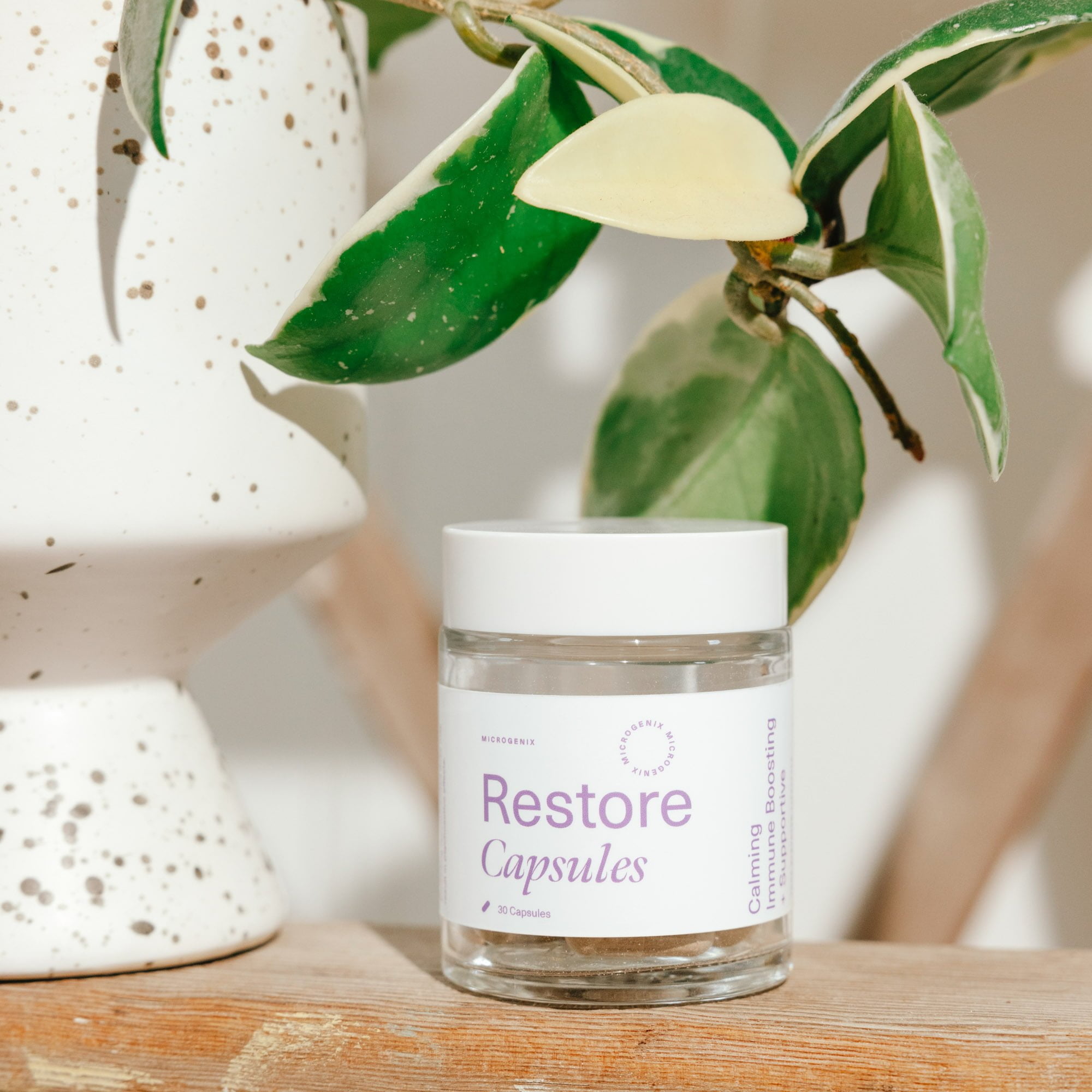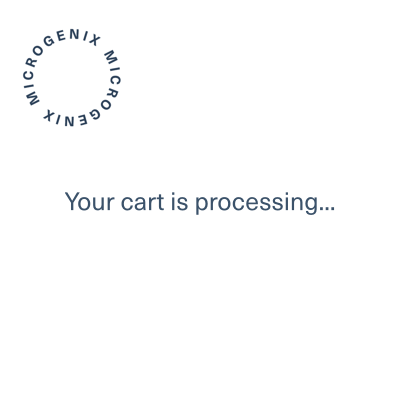Blog
Mushrooms – A Tool for Resolutions
We all know about the landmines of self-bettering promises we insist on amidst each New Year’s emergence. In such, we might also recognize how the steady fallout of those resolutions often appears just a few weeks after. Don’t fret, we’re with you there!
Whether it be fitness goals, a new hobby, or a break from a bad habit, the future never ceases to take on a hopeful change of clothes as January quickly approaches. Within that, there comes a certain increase in pressure as everyone seems to share their resolutions with the world, making us feel like there’s never been a better time for change than in the nuanced air of a cold and dark January… Sound familiar?
When it comes to the premise of a “fresh start” we can subconsciously pair the attractive prospect with the diminishment of our not-so-great choices from the year prior, making the optimism of diligent change seem more obtainable. A study published in the Journal of Clinical Psychology found that 46% of New Year’s resolutions are successful, suggesting that over half the people with resolutions will indeed fail by mid-year. The thing is, January is only one month, and upon the conclusion of the first month or two we can often feel the New Year’s optimism begin to wear off, taking us back to a December’s attitude once Spring has emerged. So how do we ensure our resolutions are truly worth pursuing?
An honest fresh start has to be deeper than some given month, whereas the breaking of stagnant patterns is more likely to get you where you want to be in the long run. When we fixate on one thing to help us achieve self-betterment (such as the gym or a hobby class) we often set too much responsibility on that one thing to provide us the actual things we are looking for: less stress, better mood, self-confidence, and overall a better year.
Getting down to the core element of our prior shortcomings is where we can really get steady. I, for one, have always avoided the gym like the plague as I’ve felt anxious about the public setting. Even outdoor hikes have become less than pleasing for me as I choke back my heavy breaths anytime an active passerby enters my vicinity. A friend of mine recently expressed to me that each year she puts “read more books” as her New Year’s resolution, but consistently fails because she feels as though she lacks proper focus to get one finished. Whatever your resolution might be, you may find that if you dig a little deeper, there may lie a more subliminal issue preventing your potential success.
Fear of judgment, social anxiety, lack of focus/drive, and mental ailments such as depression and anxiety can make quite the hindrance to your personal goals all year round. New Year’s is no exception.
A solid place to begin is changing the writing of whatever your resolution is, to “I am open to change this year” and going from there. A change in lifestyle is the biggest jump anyone can really make, which is why microdosing might be your new best friend as you tackle these new goals from a broader lens. You may have heard of people using microdosing as a way to enhance creativity and focus, essentially inducing a deeper flow state. A deep flow state can be described as being whole-heartedly immersed in what you’re doing – whether it be reading, painting, or even working out. Channeling that desired flow state can take some work, but microdosing psychedelics has proven itself to be a powerful tool in getting there.
Inner voice is an abundant, yet tricky human trait that can essentially be the make or break when it comes to goal pursuance. “One more page, then I can scroll on my phone,” or “I can’t go in there, people will judge me,” are only a few examples. Our inner voice essentially acts as the microphone our core issues speak into when we least need to hear them. Gaining control over that inner voice isn’t easy either, but it might not be as hard as you think once you put in the work. Both meditation and microdosing have been said to bring traits of ego-dissolution, and both are impactful ways to take us away from a problematic inner voice. Ego-dissolution is similar to deep flow state in the sense of heightened presence, but can range in intensity from person to person.
Loss of the subjective self-identity can quiet the inner voice so you can then act on things more seamlessly, without overthinking or personal bias. Change is a very common subconscious fear, as we often live in a safety mode where we grow very comfortable in our routines even if they are no good for us. Understanding that there are many factors into why lifestyle changes can be hard, should allow you to go easy on yourself! We have all set a goal that we felt unable to achieve and that is a part of being human. The fun part is that failure gives us a chance to find and express new ways of achieving self-betterment. Microdosing has been a successful tool for many people in a range of different ways including guiding us with encouragement. The intensity of ego, inner voice, flow state, etc. are just some of the many things to factor into how we approach our desired goals, and something we might try to tackle first to give us the best running chance.
If you’re thinking about giving microdosing a chance, slow and steady is a great place to start. Taking a big dose before trying a pottery class might be fun, but a bit risky for the inexperienced. Starting at a low dose and reserving a day for some TLC will allow you to better understand the effects of microdosing so that you know what to expect on a real-life basis. Increasing cognitive function combined with mindful practice can be an all-natural way to elevate your personal goals, and might be something to look into if you feel fit to do so.
If I perhaps caused a shift in your New Year’s resolution, we are always here to answer any questions you may have to make sure your microdosing goals start on the right foot.
Like in magic, anything is possible!
Yours,
Olive




